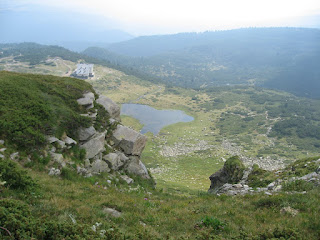 Herbert Marshall McLuhan was a Canadian educator, philosopher, and scholar – a professor of English literature, a literary critic, a rhetorician, and, above all, a communications theorist. His work is considered one of the major cornerstones of the study of media theory. Born in Alberta, Canada, McLuhan attended the University of Manitoba for his undergraduate but was truly influenced in his graduate work at the University of Cambridge where he studied New Criticism which advocated a close reading and attention to the texts themselves, while rejecting criticism based on extra-textual sources, especially an author’s biography.
Herbert Marshall McLuhan was a Canadian educator, philosopher, and scholar – a professor of English literature, a literary critic, a rhetorician, and, above all, a communications theorist. His work is considered one of the major cornerstones of the study of media theory. Born in Alberta, Canada, McLuhan attended the University of Manitoba for his undergraduate but was truly influenced in his graduate work at the University of Cambridge where he studied New Criticism which advocated a close reading and attention to the texts themselves, while rejecting criticism based on extra-textual sources, especially an author’s biography.
McLuhan’s interest with New Criticism led him to one of his major concepts, "the medium is the message." This concept, in short, states that the form of a medium embeds itself in the message. He proposes that media themselves, not the content they carry, should be the focus of study; he said that the medium affects the society in which it plays a role not only by the content delivered over the medium, but by the characteristics of the medium itself. Therefore, McLuhan argued that regardless of what is on television, the effects on society would be identical. His other main concept was that of "the global village,"  which explains how the electric communications media restores Western civilization through different features expressed by oral cultures. The mass media is essential in disseminating these ideas and in achieving the major goal which is to build consensus through generating public understanding.
which explains how the electric communications media restores Western civilization through different features expressed by oral cultures. The mass media is essential in disseminating these ideas and in achieving the major goal which is to build consensus through generating public understanding.
What would McLuhan have to say about today’s society which values technology perhaps more than any other age before it? What would McLuhan have to say about YouTube or blogs? It is a society which is truly globalizing, disseminating ideas and revolutions thoroughly throughout the world. As McLuhan said, the technological age brings about a reinstituting of man’s participation in society that the literary culture of the early west took away. Technology today is creating an ever-growing global village while the media we use more and more (the internet) is shaping society as its predecessors have done before it.
Here is a video essay I helped create which stems from McLuhan's "medium is the message" theory though it branches off into a broader sort of message:








































